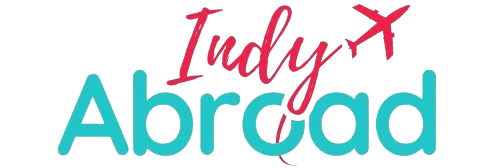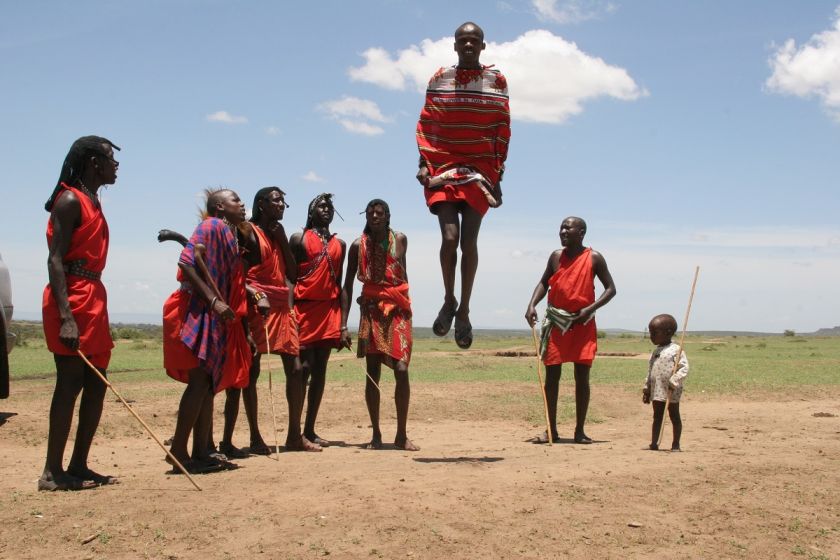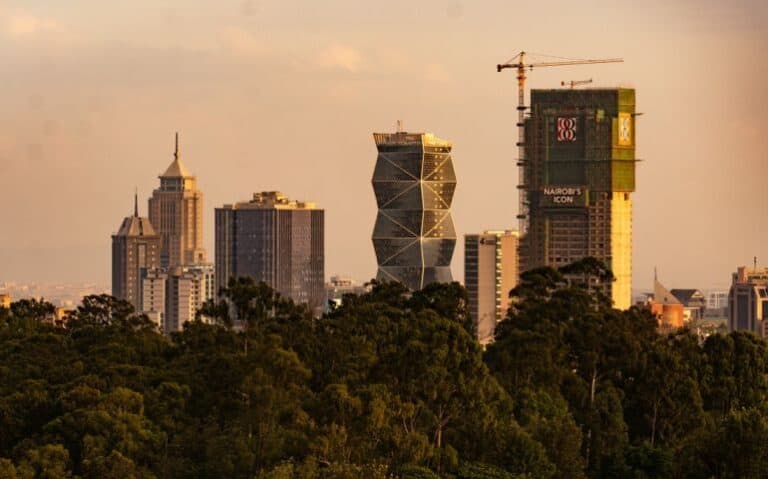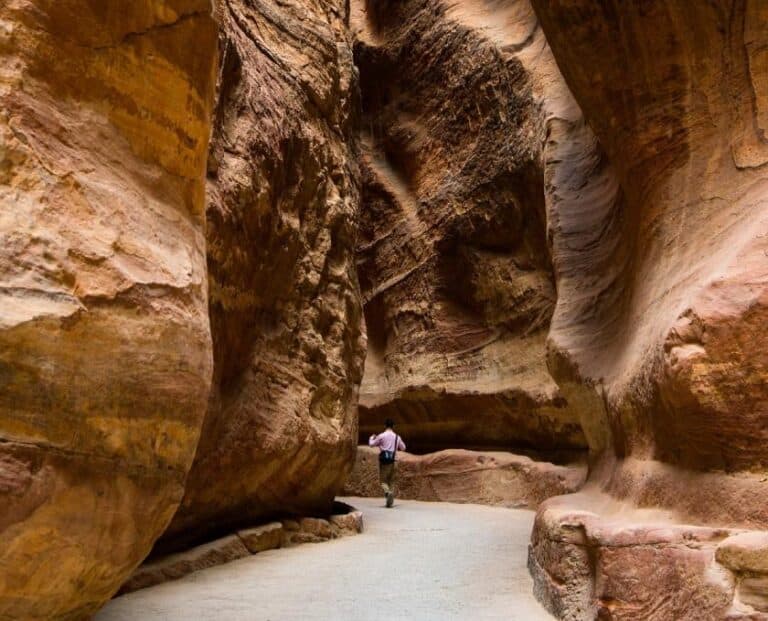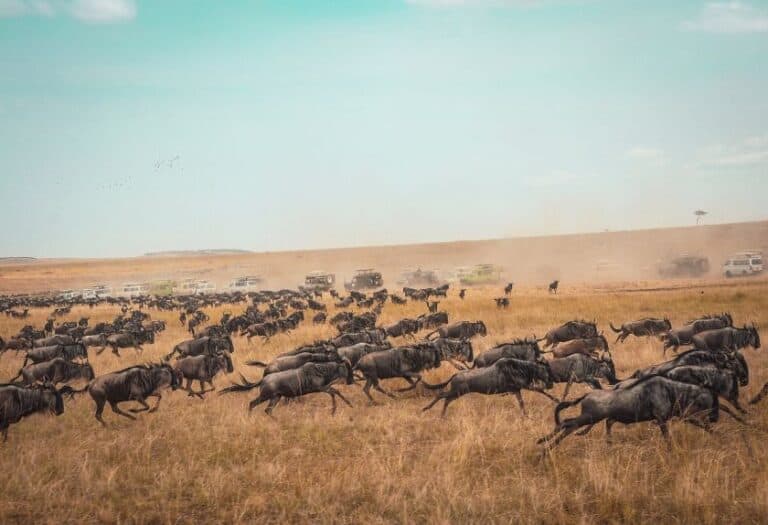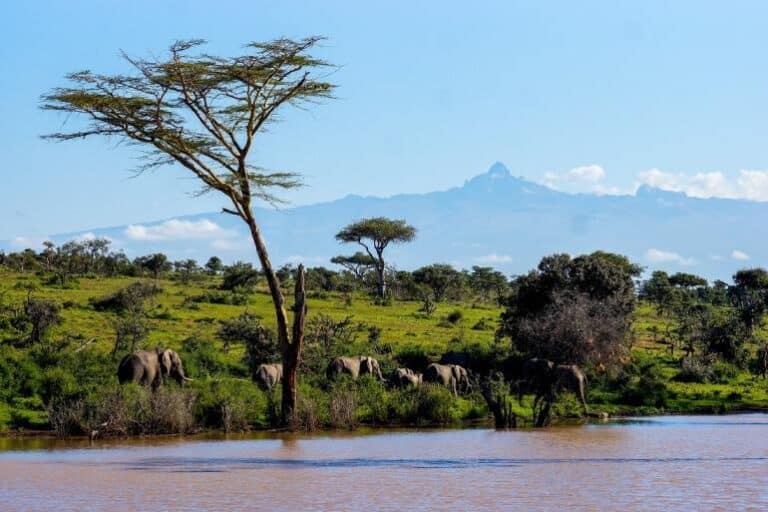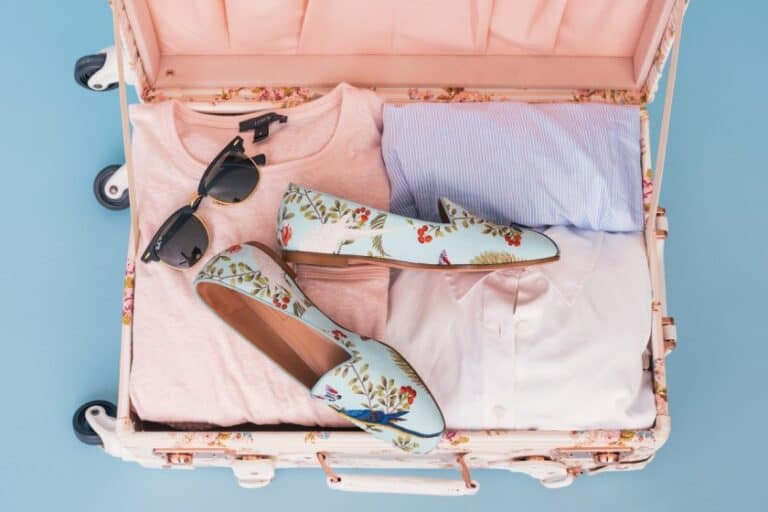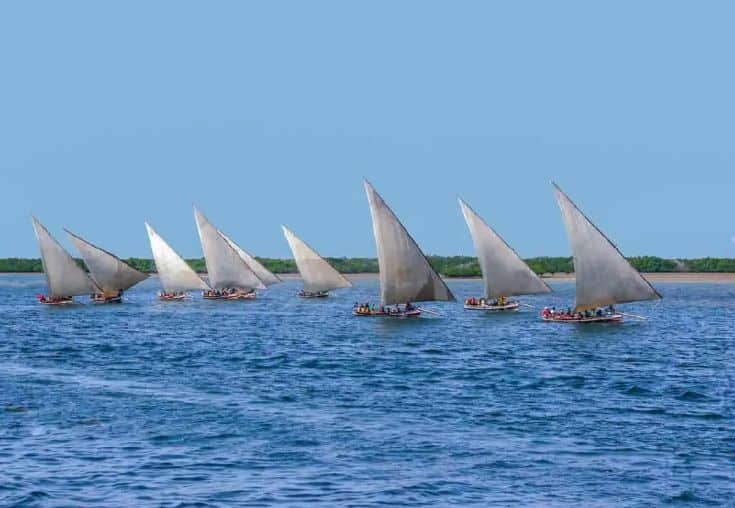Everything you need to know about Kenya (From a local)
Kenya is popular around the world for many reasons. The most popular reason is it’s a magical safari destination. Maasai Mara National Park and the Great Wildebeest migration attract millions of visitors to Kenya every year.
Some people know Kenya as the land of the fastest runners with the likes of legendary Eliud Kipchoge hailing from Kenya. You may also know Kenya for its amazing coffee, beautiful beaches, the Maasai tribe, pimped matatus, and beautiful landscapes. Honestly depending on who you ask, the answers will always differ.
If you are here, you are probably planning a trip to Kenya for the first time and have no idea what to expect. You are in the right place! In this article, I will share with you everything you need to know about Kenya and make your first trip memorable.
Let’s dive into it!!
12 Quick Facts about Kenya
- Official name: Republic of Kenya
- Capital city: Nairobi
- National languages: English and Swahili
- Currency: Kenyan Shilling
- There are 42 official tribes
- Over 60 languages are spoken in Kenya
- The country is subdivided into 47 counties
- Kenya is situated in East Africa bordering Uganda, Tanzania, Ethiopia, South Sudan, and Somalia
- Home to the highest mountain in Kenya (Mt. Kenya) and the second highest in Africa
- There are 50+ national parks, reserves, marine parks, and sanctuaries
- Fastest means of public transport: matatus
- Kenyan coastline on the Indian Ocean is over 1400 km long
- There are four seasons in Kenya
Required Documents
When visiting Kenya you will require:
- A visa (check here for eligibility)
- Air ticket
- Valid Passport
- Travel itinerary
- Proof of hotel booking
- Health vaccine
- Covid test
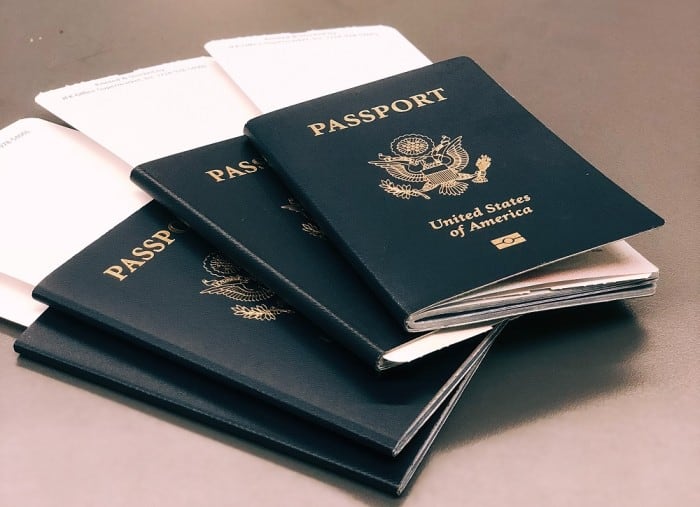
As a tourist, you’ll need a tourist visa which is issued online on the Evisa website. Check under the eligibility section to see if your country qualifies for a Visa on arrival or if you need to apply beforehand. You’ll also find all countries that do not require a visa to enter Kenya.
Prices will differ based on the type of visa you are applying for. If planning to visit other East African countries an East African Tourist Visa is more affordable.
Ensure that your passport is valid for the next 6 months and has at least 2 blank pages. The biodata page and passport photo have to be clear. You’ll also need to provide a yellow fever vaccine card and a valid covid certificate.
Tourists need to show their travel itinerary and hotel bookings. You may also need to show your return ticket.
If traveling to Kenya for other reasons such as work, or for medical reasons you will need to show the necessary documents such as a work permit (all listed on the website).
Best time to visit Kenya
Kenya has a tropical climate. You can visit any time of the year as there are no harsh weather conditions limiting your ability to move around.
However, depending on what you hope to see or do, you may want to adjust your travel plans.
The best time to see the Great Wildebeest migration in Maasai Mara is from June to October. This is also the high season for safaris in Kenya so expect higher prices.
If you want to travel to coastal Kenya and enjoy the sandy white beaches, you can do that any time of the year. The low season for coastal Kenya is May to October.
January, February, and March are very hot and dry months in Kenya. The best month to visit the beaches but not so popular for safaris.
The rainy season starts in April to June. While the cold season is from July to September. October to December are quite unpredictable but expect some short rains.
Things to Do in Kenya
1. Go on a safari
One of the best things to do in Kenya is go on a safari. Kenya is rich in national parks and wildlife. No matter your budget, you will find a package suitable for you.
2. Visit the Beach
On a hot sunny day what better way to cool off than going for a swim? Coastal Kenya is full of beautiful beaches both private and public. One of the best beaches to visit is Diani Beach. here you can swim, walk on the soft white sand, skydive, go kite surfing, jet skiing, and just lazying around on the beach.
3. Hiking
With its diverse geography, Kenya has many mountains and hills perfect for day hikes or summits. One popular destination is hiking Mount Kenya, this can either be a day hike or a full summit.
Other beginner-friendly hiking spots include Mount Longonot and the Abadares. Many visitors start here in preparation for hiking Mt. Kenya and eventually Mt. Kilimanjaro in Tanzania.
4. Scuba diving and snorkeling
While in the coastal Kenya region, visit a marine park and enjoy scuba diving or snorkeling. Watamu, Diani, and Mombasa are rich in marine diversity making your scuba diving sessions unforgettable.
5. Visit the Historical site
Visit the historical town of Lamu dating back to the 12th century. Learn about the ancient Swahili culture and visit many other historical spots in the town. The coastal towns of Kenya hold rich culture in their architecture and ruins. While in Mombasa visit Fort Jesus and learn about the fort dating back to the 16th century.
6. Sample local cuisines
Sample some local foods from the different tribes of Kenya or enjoy a street food tour in Mombasa.
7. Hop into a matatu
Clubs on wheels as some foreigners like to call them. Matatus are the most efficient means of transport in Kenya. The matatus you want to experience are the mini busses pimped inside and out with full sound systems and screens inside.
These are mostly found in major cities such as Nairobi and Mombasa. They are a unique experience you’ll only find here in Kenya. Some can be quite loud but it’s a once-in-a-lifetime experience.
Getting Around
Once you’ve landed in Kenya there are different ways to get around. When traveling from one county to the other you can either use road, rail, or air. For instance, if traveling from Mombasa to Nairobi or Kisumu, air transport is the fastest way to get there.
A flight from Nairobi to Mombasa is less than one hour while the same trip will take 6 hours by train and up to 10 hours by bus. Pick your mode of transport depending on how far you are traveling or how urgent you need to get there. If looking for a road trip experience, then a train or bus ride is better.
When traveling within counties, matatus, and busses are commonly used. In Nairobi, you will find Uber, and Bolt among other taxi operators if you want to travel privately. When in Mombasa and many other Kenyan towns, Uber isn’t available and will have to use local taxis.
Use matatus, motorbikes(bodas), and tuk-tuk for short-distance travel. These are the most affordable and fast.
Most parts of Kenya are safe to travel by road. However if traveling to northeastern parts of Kenya or to Lamu, the safest way to get there is by air. There are safety concerns issues when it comes to road travel in these regions.
If you have been following the news lately, you know that there is a massive land crack affecting road transport in the Rift Valley region (areas of Narok and Nakuru among others). If visiting Masai Mara the best way to get there is by air.
Languages and Tribes
The two national languages in Kenya are English and Swahili. As an English speaker, you don’t need to worry about a language barrier. Schools in Kenya are taught in English meaning a large population understands and speaks fluent English.
If visiting very interior parts of rural Kenya you may need a local to help translate. This is especially important for those interested in learning about native tribes.
Kenya has 42 official tribes all rich in culture and history. These are distributed all over Kenya as many people move to the towns in search of jobs. It’s only when traveling to rural areas that you get to meet natives.
Some few people can speak fluent French, German, and Spanish among other international languages. Unless you are in a very remote area with no internet connection be sure you can communicate with the locals.
With 42 official tribes, there is a lot of diversity in traditions and culture. One of the most popular tribes in Kenya is the Maasai people. The Maasais have held onto their traditions for hundreds of years. Maasai can be found in largely Kajiado County for those wishing to dive deeper into their culture. You can also visit a Maasai village while in Maasai mara.
Other lesser-known tribes, rich in culture and very similar to the Maasais is the Samburu, and Turkana tribes. Since they dress in an almost similar style most people can assume they all are Maasais.
In the cities, Kenyas have adopted modern ways of life and rarely follow traditional ways of life. Very few tribes still practice everyday traditional ways. You are most likely to witness these traditions during important ceremonies such as weddings.
The People
Kenyan people are very friendly and willing to help, but remember that there are good and bad people everywhere in the world.
As mentioned above you are most likely to find people from all parts of Kenya in major cities. The population is also made up of people from other walks of life who immigrated to Kenya hundreds of years ago.
Kenyan people from Northeastern Kenya have a very similar physical appearance to Somali people. To a foreigner, you may automatically think they are Somalis but they are Kenyans. Yes, there are some immigrants here and there but a large percentage is Kenyans.
Similarly in the coastal region, you will find a very diverse population of Kenyans. From Indians, Italians, and Arabs among others. The coastal region was a major trading hub hundreds of years ago. Some traders from India, the Arab world, European, and other Asian counties settled in the coastal region.
Basic Kenyan Geography and weather
The Kenyan geography is very diverse ranging from highlands, plains, plateaus, rain forests, and coastlines. Depending on where you visit you will experience unique geographical features.
Kenya is currently divided into 47 counties formerly the 8 provinces, namely (Nairobi, Central, Eastern, Coast, North Eastern, Rift Valley, Nyanza, and Western). If you are hoping to understand the geography and climate it’s easier using the provinces.

Map of Kenya showing 8 provinces (colored) and the 47 sub-national units (counties) as dark lines water bodies and major rivers are shown in blue. Coast province: Mombasa [1], Kwale [2], Kilifi [3], Tana River [4], Lamu [5], Taita Taveta [6]; North Eastern province: Garissa [7], Wajir [8], Mandera [9]; Eastern province: Marsabit [10], Isiolo [11], Meru [12], Tharaka Nithi [13], Embu [14], Kitui [15], Machakos [16], Makueni [17]; Central province: Nyandarua [18], Nyeri [19], Kirinyaga [20], Murang’a [21], Kiambu [22]; Rift Valley province: Turkana [23], West Pokot [24], Samburu [25], Trans Nzoia [26], Uasin Gishu [27], Elgeyo Marakwet [28], Nandi [29], Baringo [30], Laikipia [31], Nakuru [32], Narok [33], Kajiado [34], Kericho [35], Bomet [36]; Western province: Kakamega [37], Vihiga [38], Bungoma [39], Busia [40]; Nyanza province: Siaya [41], Kisumu [42], Homa Bay [43], Migori [44], Kisii [45], Nyamira [46]; Nairobi province: Nairobi [47. Source: Research Gate
Eastern and North Eastern parts are very hot and dry and mainly plains and plateaus. Here you can expect to find huge rock mountains, bare lands, and mouth-watering mangoes among other local foods.
Highlands are mostly seen in central, Nyanza, and western regions. In these areas, you will find many mountain ranges such as Mount Kenya, rainforests, many hills, slopes, rivers, farms, tea, and coffee plantations. Many parts of these regions have lush green vegetation and usually are cooler.
Since Nyanza and Western regions also border Lake Victoria, you are likely to find many plains along the lake. These regions also tend to experience higher rainfall due to their geographical features.
The Rift Valley region gains its name from the Great Rift Valley formed thousands of years ago. This region runs from northwest Kenya to south parts of Kenya. In this region expect everything from plateaus, huge gulleys (eg. Hells Gate), lakes, highlands, mountains, and plains. The climate differs as you go down. Northern and southern parts are drier while counties in the middle have a mix of dry and wet weather.
The coastal region is drier, and very hot, with plains mainly dominating the area. Nairobi on the other hand, is mostly flat and semi-arid, a business hub, and largely populated.
Most Touristic Counties
There are many beautiful places to visit all over Kenya but some regions are blessed with more tourist sites than others.
Below is a list of counties you can visit to experience the beauty that Kenya has to offer.
Nairobi County: Has national parks, sanctuaries, museums, amusement parks, markets to buy souvenirs, hotels, restaurants, and different street food joints.
Nakuru County: Diverse county with beautiful lakes, mountains, Hells Gate, Beautiful hotels and resorts, the Great Rift Valley escarpments, and restaurants.
Coastal region. Five of the six coastal counties namely (Lamu, Mombasa, Kilifi, Kwale, and Tana River), have beautiful beaches to explore, national reserves, and marine parks. Coastal cities are rich in culture and have amazing cuisine and great diversity. Taita Taveta County has national parks and reserves to explore but no coastal line. Taita Taveta is home to one of the most iconic and unique safari lodges in Kenya.
Nyeri County: For those wishing to hike Mount Kenya this is a good place to access the mountain. The county has many other beautiful resorts and restaurants with a cool climate.
is Kenya Safe
Yes, Kenya is a safe tourist destination. However, avoid traveling to northeastern parts bordering Somalia alone always go with a guide.
Sometimes during or after elections, there may be some civil unrest in some parts of the country. Don’t get caught up in the chaos as it can get messy. Other than that Kenyans love visitors and are willing to help you out.
Be aware of your surroundings, pickpockets, and avoid walking at night in unfamiliar or deserted places.
Kenya is safe for all travelers including solo female travelers. Having a local friend will of course make life easier for your navigation and exploration.
Can You drink tap water?
As first-time visitors, don’t drink tap water, especially in the cities as it may not sit well with your stomach. Bottled water is available for as less as 30 cents in local shops.
While many homes have water running through their taps, even the locals don’t drink straight from the taps. Most people buy filtered water for drinking or boil their water before drinking.
Eating street food
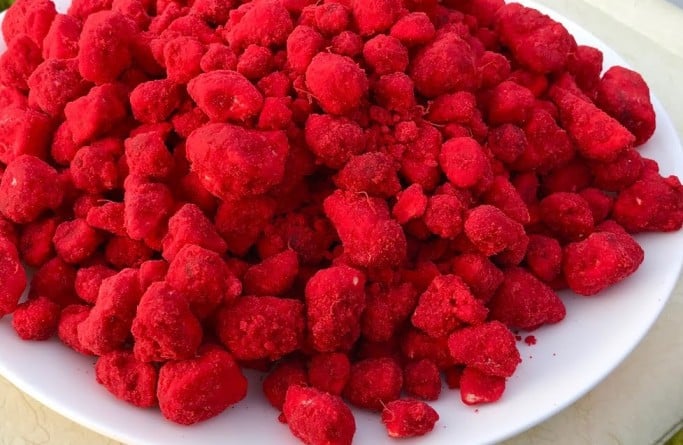
While Kenya doesn’t have buzzing street food markets as you would find in Asian countries, there are some joints scattered in different regions.
The coastal region is most popular for amazing street foods as the cuisine is a blend of Indian, Swahili, and Arabian dishes.
When indulging in street food use your own judgment if the joint looks sanitary for you. Everyone reacts differently to different things such as street food.
Parting Words
Kenya is easy to navigate even for the inexperienced visitor, use a Google map or ask if lost. If you wish to explore Kenya in a more relaxed way I highly recommend using a local tour company or having a friend take you around.
A lot of information is already available online if looking for recommendations on things to do, where to stay or eat.
I hope this guide provides useful information to prepare you for your first trip to Kenya.
